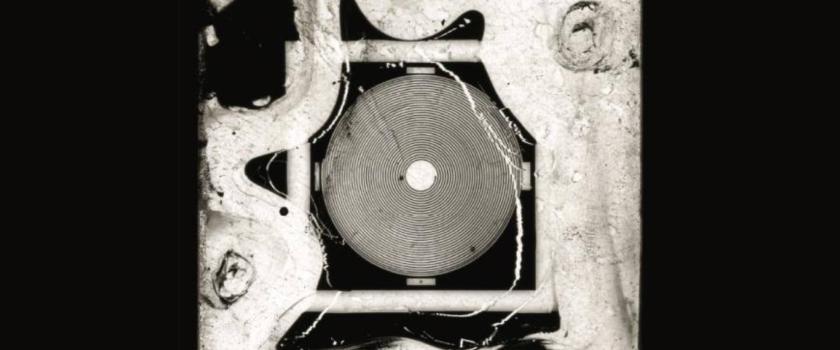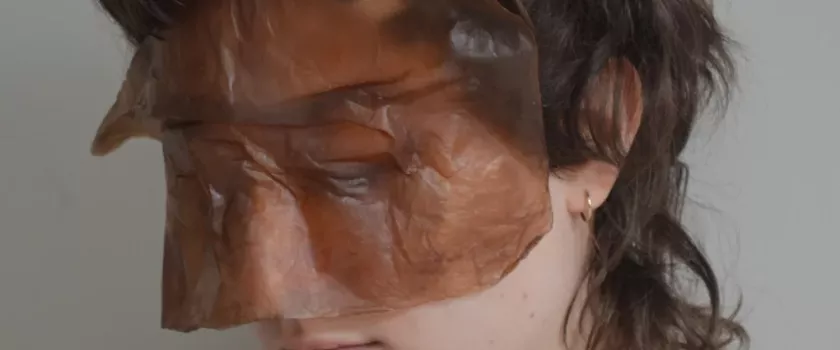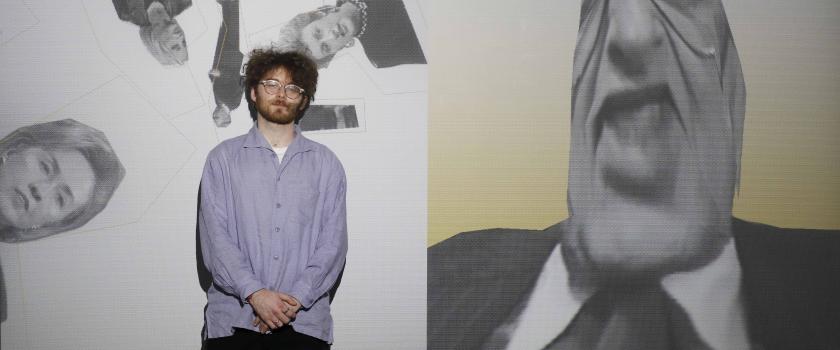Documentation of works of art and related events, as well as their presentation, takes place using social media. They are often the primary source of various forms of moving image, algorithmic art or net-art. They are used not only by artists, but also by curators, galleries and memory institutions. And they are used participatively by the public.
There is a developed free software infrastructure that allows both smaller and larger institutions and individual artists to run their own nodes of federated social networks. And there are living artistic communities that have already adopted these networks because they do not accept corporate platforms for many reasons.
The open-source software provides features for artistic digital infrastructures and, using protocols like ActivityPub or Zot, creates decentralized networks of social communication and distribution between all installed nodes and channels. Participative administration in local conditions is more in line with real human relationships.
Federated social media can also be called low-power media, running on minimized resources such as Raspberry Pi with low resource requirements and low consumption, suitable for a sustainable model of operation.
Their potential lies in a large number of interconnected publication and curatorial nodes, which can also be mutually backed up or temporarily and permanently substitute each other, which corresponds to the organizational model of cooperation of independent and established cultural institutions and building alliances of care.
Michal Klodner works in the field of visual and audiovisual live performances and independent film. As an assistant he worked at FAMU film school and completed his doctoral studies on the subject of postmediality there. He is involved in digital curation of film archives and research in the field of documentation, presentation and analysis of moving images.


